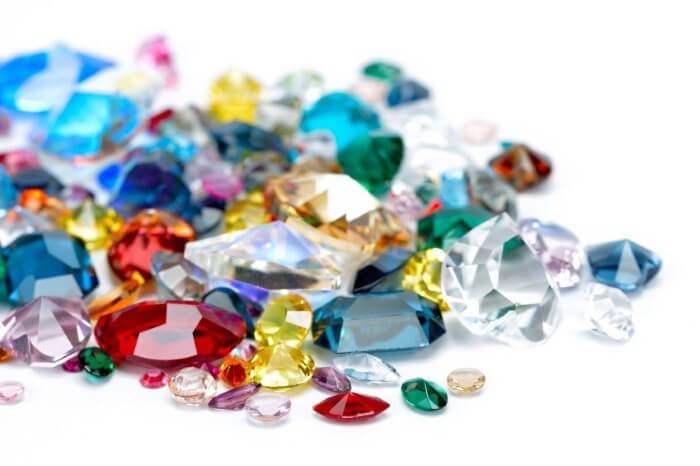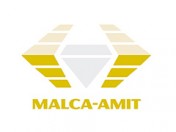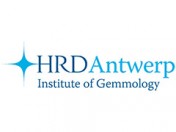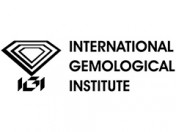The evaluation of gemstones must adhere to specific standards and analytical methods that serve as a reference in gemology for this process.
The process of gemstone evaluation is primarily based on the analysis of their key characteristics: color, weight, clarity, and cut (4C: color, carat, clarity, cut).

The Color of Gemstones
The color of a stone is often used to determine the type of gem one is dealing with. This correlation is often misleading because stones belonging to the same mineralogical species can have different colors. For example, ruby and sapphire are red and blue varieties, respectively, of the same precious stone, namely corundum.
The evaluation of color will depend on the type of gem being analyzed: for some, dark color may be a virtue, while for others, like diamond, the closer one gets to transparency, the higher the value.
The weight or carat of gems
Weight is one of the fundamental elements for evaluating a gemstone and is expressed in carats.
To proceed with the carat, it must be kept in mind that everything is considered in proportion to what nature offers us: if the stone in question is available in nature at a low weight (such as ruby, emerald and sapphire), its carat value will be very high; if, on the other hand, it is common to find large dimensions of the stone in nature, its value based on weight will be less (as for topaz or quartz).
In reality, since every mineral has a specific weight, the carat can be different from stone to stone, given the same dimensions.
The Purity of the Stone
The purity (or clarity) of a gemstone is one of the fundamental parameters for its evaluation.
In general, the more transparent the stone under examination, the purer and more valuable it will be. However, this is not always the case. Some stones may have such unique and rare inclusions that they are highly sought after by gem or mineral collectors. These inclusions can tell the story of the environment in which the stone originated and provide valuable information about its provenance (prehistoric insects in amber, rutile needles in rubies, and so on).
For this reason, gemologists assess the purity of a stone based on how much the inclusion affects light transmission, as well as the type of stone and any peculiarities or evidence of the inclusion.
The Processing of Stones: The Cut
The way in which a precious stone is cut and processed will greatly influence its quality. The cut of a gem is what determines its brightness: any mistake will compromise its brilliance and therefore its value.
Another factor in evaluating gemstones: Geographical origin
The value of a gemstone can also be influenced by its geographical origin and the type of deposit it comes from.
Some origin regions are particularly renowned for various reasons and therefore add value to the stone.
Burmese rubies, for example, continue to be considered of higher quality, even though Burmese production has significantly declined over time. Although rubies of equal quality are currently also mined in Thailand or Sri Lanka, Burmese rubies still command a higher price.
The Colombian emeralds from Muzo, which are also depleting, are considered more valuable than Brazilian ones due to their superior material quality.
Ceylon sapphires are quoted higher than those from Madagascar because they are considered a symbol of quality. While the Kashmir sapphire is no longer mined due to the exhaustion of mines, it still commands the prices of blue sapphires.
Moral of the story…
If you own precious gemstones, whether they are diamonds, rubies, sapphires, emeralds, or any other type, and you need them to be appraised for a valuation, always turn to qualified gemmologists who have proven technical knowledge in this field and its history and who are certified by the GIA (Gemological Institute of America).
The competence of the appraiser is the true value of your gemstone.

 Vlaams
Vlaams Français
Français Italiano
Italiano Deutsch
Deutsch





